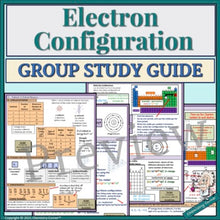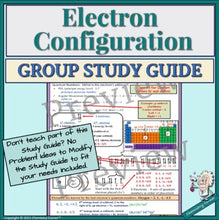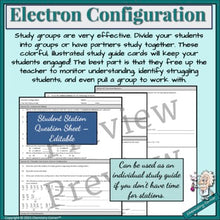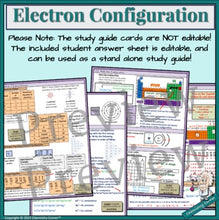I have had such success using study groups when review time comes around. Students are assigned a study partner. Then when it’s time for a review, I have them study with their study partner or with another two partners to form study groups of four students. I like study groups better and have more success with groups. I think this is a great exercise in studying together, and hopefully they will continue to use this highly effective strategy when they are in college.
But the best thing about using study groups is that it frees up the teacher to monitor understanding, identify struggling students, or even pull a group to work with.
Don’t stress! You don’t have to copy one set for every student! I have found that these colorful, illustrated study cards keep students engaged during the review. I laminate them on card stock so the color won’t bleed through, and I can make two-sided copies. I like to print one set per partnership. So, if I have seven groups of four, that’s fourteen sets to copy. If you can afford it, you could make one copy for each student to use in class. So, for example above that would be 28 copies. Print a class set – enough for the number of groups you will have, and you will have this great resource for years to come.
The student answer sheet is editable in case you want to change any of the questions to fit your needs. I don’t take up the student answer sheet. Students can take these home for a final look through since the questions are included.
If you don’t have time to do a group study session, these student questions can act as a stand-alone study guide with students using their notes to complete.
SPECIAL NOTE: Please look through the preview above for this resource. Each topic included is shown clearly. This study guide station cards are NOT editable.
The student answer sheet with questions is editable. You can edit the questions should you need to take something out, or add something. If you don’t teach all of the topics included, I have given suggestions for modifying the study guide to fit your needs.
Please NOTE: This study guide does not include Light or the EM spectrum. That study guide can be found as part of the Light & The Atomic Model Mini Unit Bundle.
This Unit Study Guide includes these objectives:
* Relate the number of sublevels for each of an atom’s principle energy levels
* Relate the number of orbitals per sublevel
* Calculate the number of electrons possible per sublevel
* Identify the three rules that govern electron configuration, and discuss each rule as related to electron placement
* Write the orbital notation for select elements at ground state.
* Determine the total number of electrons needed to fully occupy each main energy level
* Determine the electron configuration for elements using orbital notation and the periodic table
* Represent an element by orbital notation, Bohr’s Model, and electron configuration.
* Write the noble gas configuration for sample elements.
* Determine the element by reading its noble gas configuration.
* Write electron configuration for ions.
* Write electron configuration for f-block elements.
* Assign quantum numbers to electrons.
Included in this resource:
* Group Study Cards (4 pages)
* Student Answer Sheet with questions (pdf)
* Editable Student Answer Sheet
* KEY
* Teacher Notes
This study guide will be a something you will want to use year after year!
This lesson is appropriate for grades 9-12 chemistry.
Chemistry Corner
*********************************************************************************
You may also be interested in these included products:
Chemistry: Light & The Atomic Model Mini-Unit Bundle
Electron Configuration: Orbitals & Orbital Notation
Electron Configuration: Writing Electron Configuration
Electron Configuration: Noble Gas & Ion Configuration
High School Chemistry Year Curriculum
Chemistry Doodle Notes for the Year: A Growing Bundle
*********************************************************************************
Note: Chemistry Corner’s PowerPoints are perfect for the flipped classroom. However, please read the Copyright Terms below before using it as such. Thanks!
LICENSING TERMS: By downloading this product, you own a license for one teacher only for personal use in your classroom. Licenses are non-transferable, meaning they cannot be passed from one teacher to another. No part of this resource is to be shared with colleagues or used by an entire grade level, school, or district without purchasing the proper number of licenses. I you are a coach, principal or district interested in transferable licenses to accommodate yearly staff changes, please contact Chemistry Corner.
COPYRIGHT TERMS: ©Chemistry Corner. Please note – all material included in this resource belongs to Chemistry Corner. By downloading, you have a license to use the material, but you do not own the material. This resource, or any portion of this resource, may not be uploaded to the internet in any form, including classroom/personal websites or network drives, unless the site is password protected and can only be accessed by students—no other teachers or anyone else on the internet.








